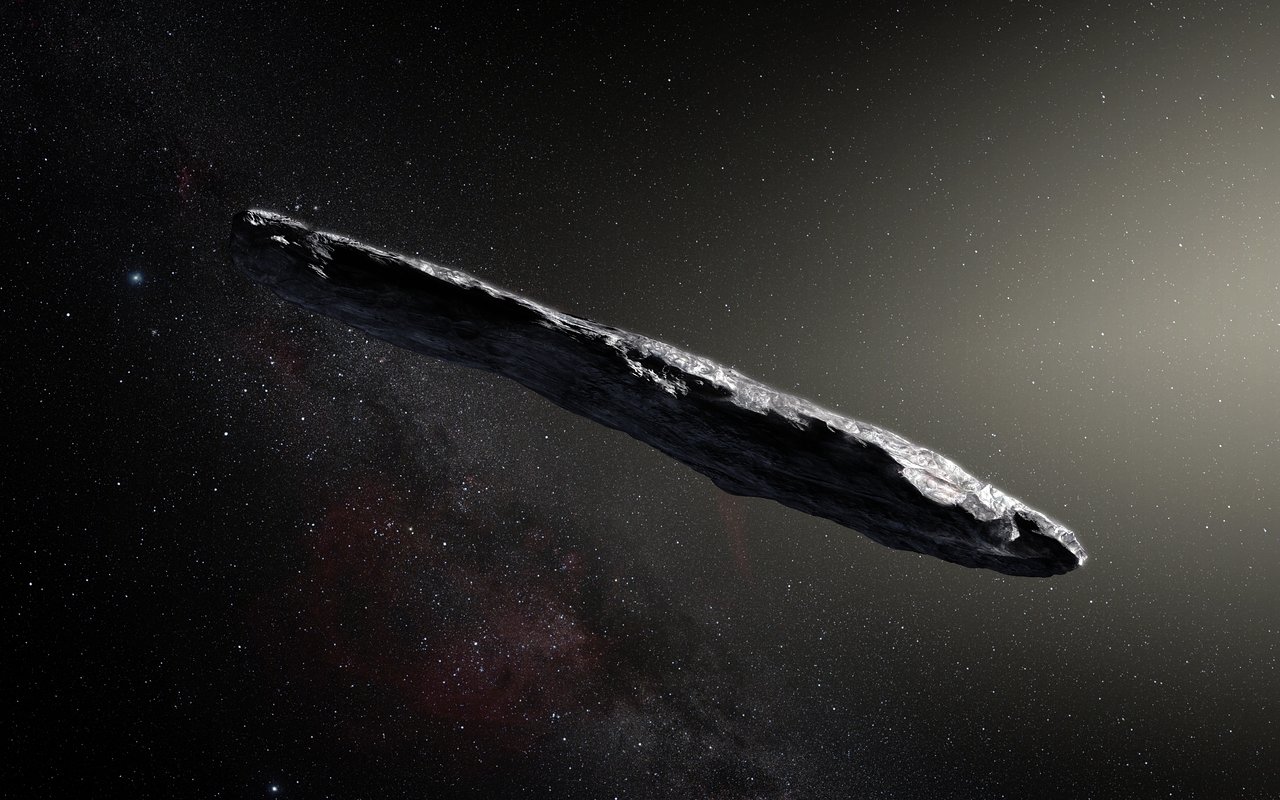Oumuamua’s true trajectory
One of the defining moments in planetary astronomy in 2017 is that this is the year we discovered the first astronomical object to enter the Solar System from interstellar space. Now known as ‘Oumuamua (Hawaiian for “scout”), the object was discovered by the Pan-STARRS survey team in Hawaii on October 19th. Over the next three weeks it was in turn classified as a comet, a long-period asteroid and finally, the first of the new class of interstellar objects.
As soon as `Oumuamua’s true trajectory was confirmed, all available telescopes were used to study it as quickly as possible because it was moving away from Earth at a very high rate of speed. `Oumuamua was actually discovered already on its way out of our solar system, after it passed Earth and could finally be seen in the nighttime sky (when it was on the same side as the sun, it wasn’t visible). Now (late January 2018), `Oumuamua is too faint to see even through the largest telescopes, but its brief passage has given us some rare firsthand information on a distant solar system, and also left us with three surprises.
Read more: https://buff.ly/2nzFqsQ
